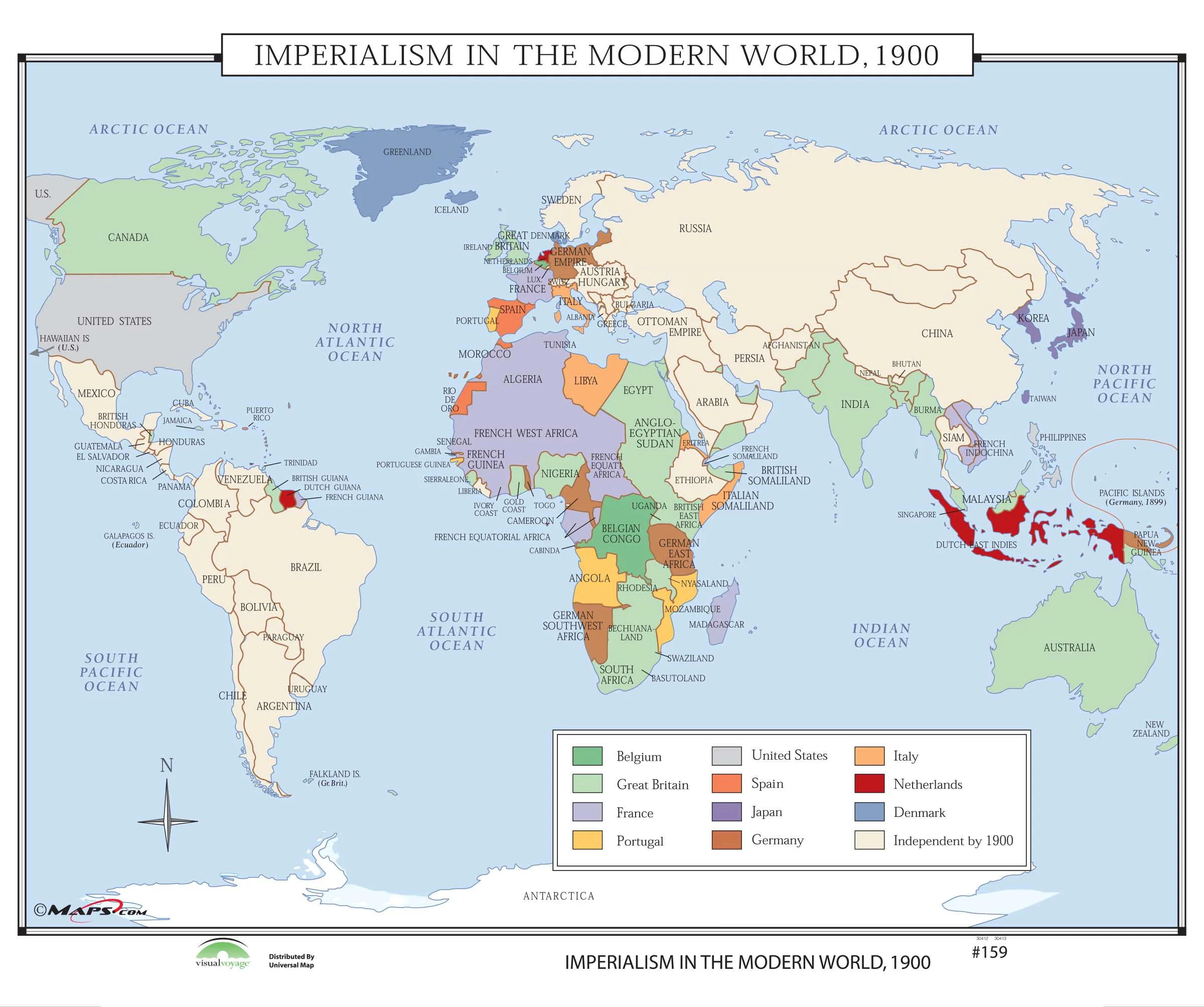The Rise and Fall of the New Roman Empire
The Rise and Fall of the New Roman Empire 1492-2019 AD
The time from the fall of the Western Roman Empire in 476 until the fall of the Eastern Roman Empire in 1453 was known as the Dark Ages for Western Europeans.
Western or Latin Europe is the area of the former Western Roman Empire and the Germanic tribes (including the Norse) beyond the Empire which adopted Latin culture. For example, the Roman Catholic Church was influential and preserved the written texts of the Romans and was in many ways organized based on the Roman Empire, expanding Roman cultural influence millennia after the fall of Rome.
Following the fall of Constantinople, Eastern Roman (Greek) culture was preserved by the Norse (Vikings) in Russia. The Greek Orthodox Church and Eastern Romans had spread the Greek alphabet and culture to the Viking Rus who raided and served in their armies (Varangians).
The Renaissance began for Western Europe around the 12th century in Italy and spread from there to the rest of Latin Europe.
By 1492, Western Europe had recovered from the Dark Ages even as the Eastern Roman Empire had finally collapsed with the Fall of Constantinople (Istanbul) in 1453 to the Ottoman Turks. Constantinople was originally named New Rome by the Emperor Constantine in 330 because by then the Western Romans were already in decline. It was popularly called “Constantine’s City” (Constantinople) just as today it is referred to as simply the Greek phrase for “The City” (Istanbul).
From 1492-1914 the New Eastern Romans and New Western Romans discovered, conquered, and colonized the majority of the world; spreading their common Roman culture.
However, the world wars and Socialism eroded the power of Latin and Greek Europeans to the point that the USA (modeled after the Roman Republic) took over much of the remaining Western empires following the Second World War.
The world was divided between East (Greek/Socialist) and West (Latin/Progressive) from 1945-1991. Eastern Europe was ruled by the Soviet Socialists from Russia and was impoverished. Western Europe only progressively replaced free market capitalism with Socialism so has been in a more gradual decline.
By 1991, the Soviet Empire had collapsed because of foreign wars, debt, and Socialism.
In 2019, the USA has been bankrupted by foreign wars, debt, and Socialism. The USA, like the Western Romans, have transformed from a Republic to an Empire.
However, the fall of the US will not result in the fall of Roman culture. Eastern and Western European languages are spoken as a first language or as a common language in all of the world. English is currently the world’s lingua franca and dominates popular culture and technology.
Latin is the language of science.
Greek is the language of math.
Western concepts influence governments. Both Free Market Capitalism and Socialism were popularized and spread by Western and Eastern Europeans. Western and Eastern style Parliaments, Democracies, and Republics dot the globe.
In Hong Kong, protestors are currently quoting the US Bill of Rights and the Declaration of Independence against their Mainland Chinese Socialist oppressors.
The fall of the US Empire could even lead to a Renaissance of Roman culture as the principles of the US and Roman Republics are re-adopted and replace Socialism.
“It does not take a majority to prevail... but rather an irate, tireless minority, keen on setting brushfires of freedom in the minds of men.” -Sam Adams, Founding Father.


